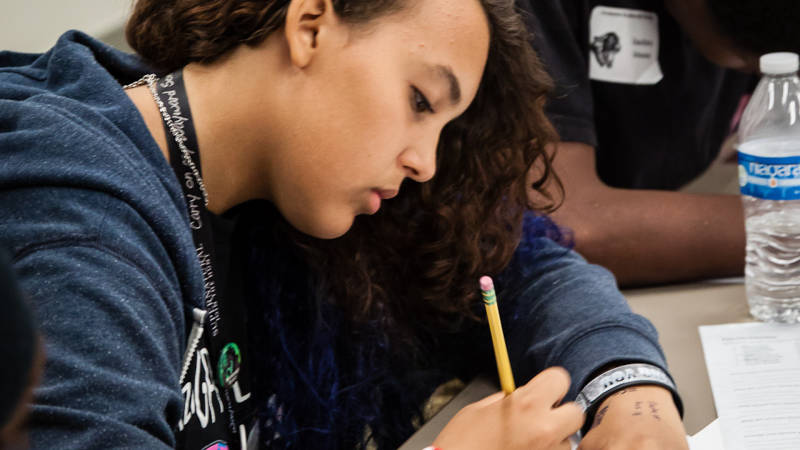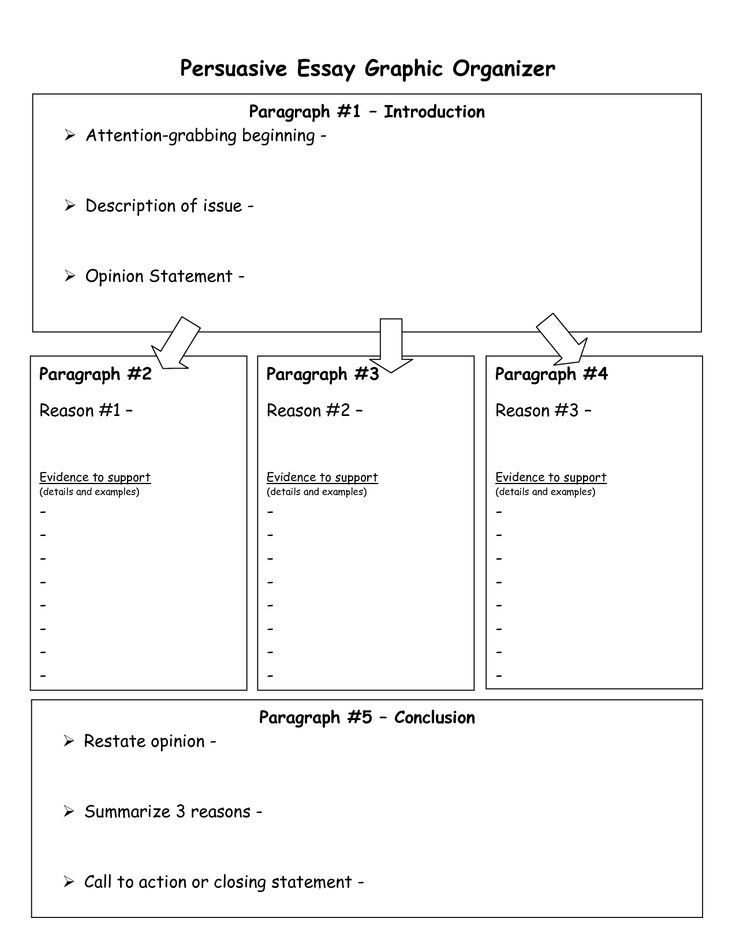The achievement of students with special needs is a critical issue for all schools and teachers. Writing effectively is one of the areas in which students struggle most and in which classroom teachers struggle most to support them. This is the second in a four part series chronicling my efforts at teaching writing to students with special needs in a world dominated by the Internet and digital media.
In my last post I described the steps needed to begin work on a writing assignment with my special education students. Part One identified how to begin a gallery walk to introduce new ideas and questions as pre-writing activities. In this post, I discuss using sentence frames and partner/group discussion to better develop student writing ideas.
Before we begin writing, I try to ensure students have some prior knowledge they can apply to the lesson. Many times, we will go over vocabulary first. I will put the words up around the room so they are accessible for students as they work on the unit. We might discuss these in small groups, or identify the words and how one might use them in context related to their chosen topics. We often look up the words we don’t know during our silent reading, which helps build vocabulary and helps stimulate interest in words that they wouldn’t normally use.
For a majority of the papers we write in class, I have my students choose a side to argue for or against. Usually there are two options I give as idea and sentence starters. For example: “I believe the Renaissance changed man for the better” or “I believe the Renaissance changed man for the worse.” This option gives my students a chance to see arguments they might want to keep their eye out for when searching for evidence. I provide students with a graphic organizer with both options on which students can take notes.
On a recent assignment we studied Shakespeare. First, I gave my students two excerpts to study. We discovered meaning from a late 15th century work – Everyman, and then studied an excerpt from Act 2, Scene 2 of Hamlet. I gave my students the exact passages to use, with source information provided as well (this way no outside research or unnecessary information was in the way — adding independent research to a writing assignment requires a whole different set of supports). During this portion of the assignment, I had my students analyze the work by reading for deeper meaning. The phrasing and diction are very different from what my students normally hear or read. We did an in depth read where we listened for key components that the students understood – line by line.

